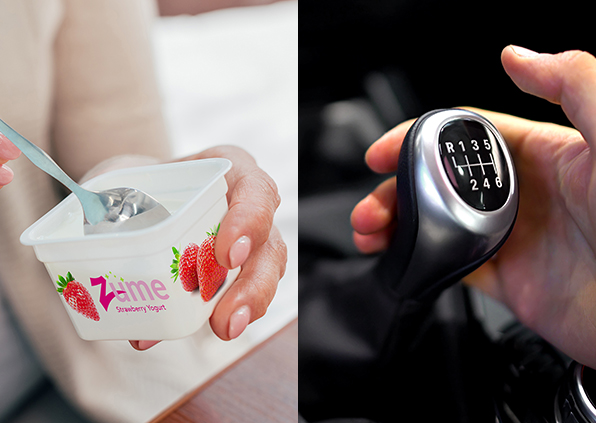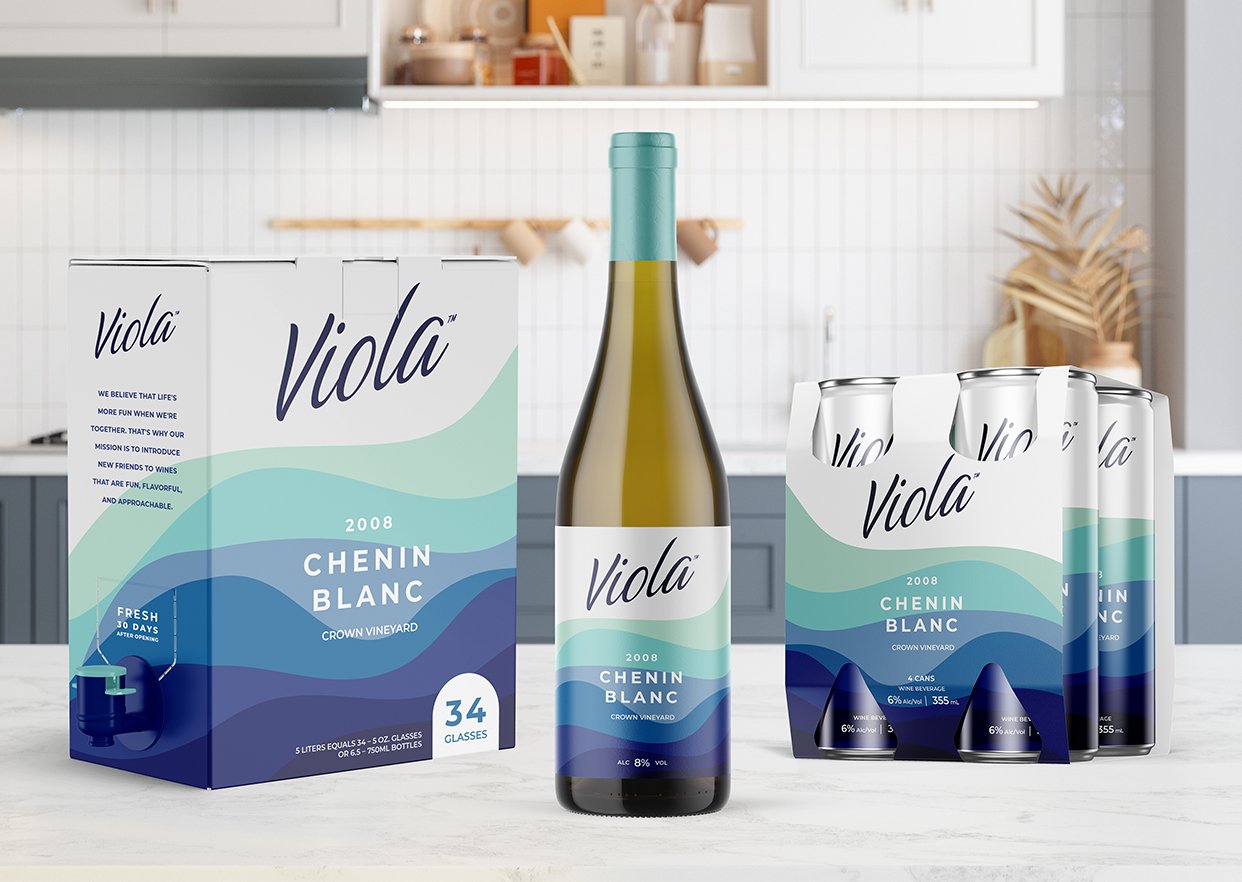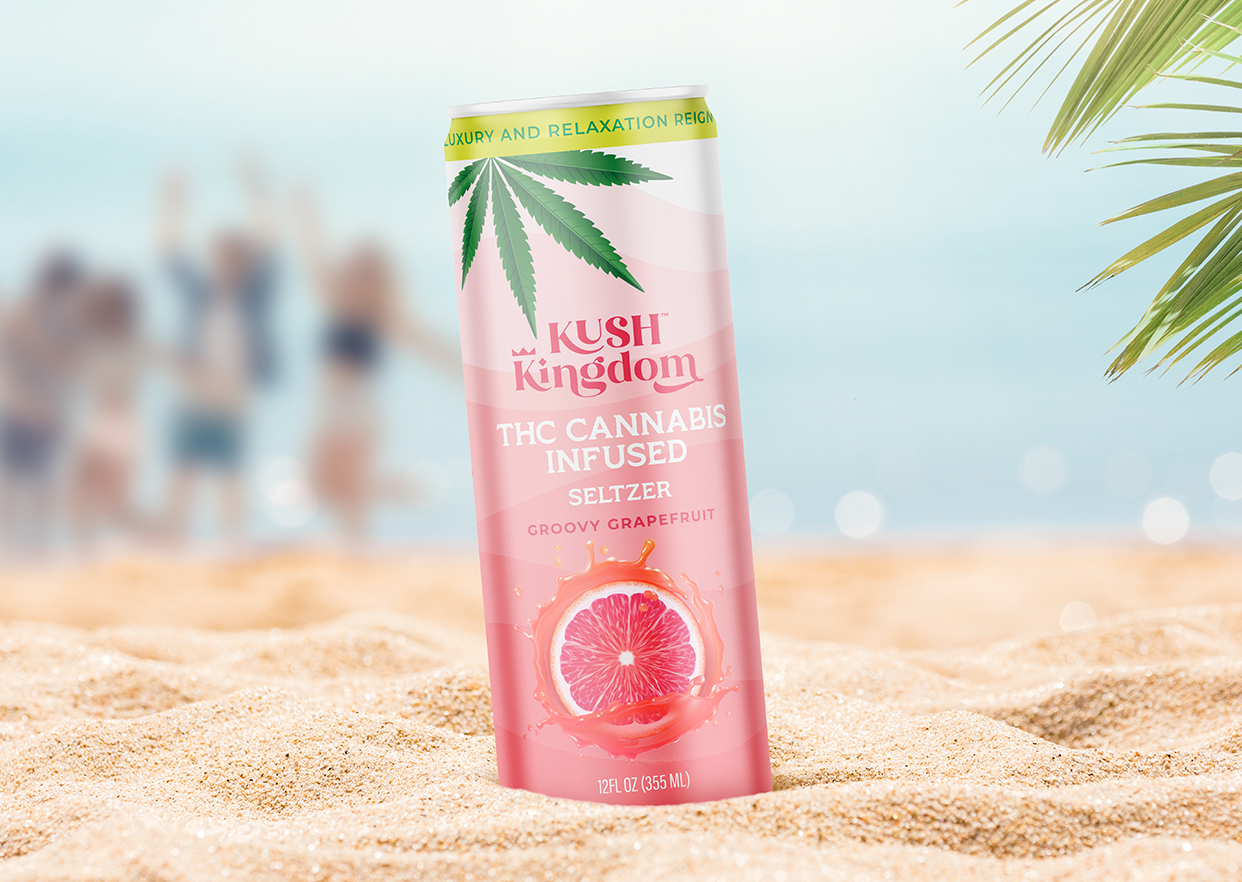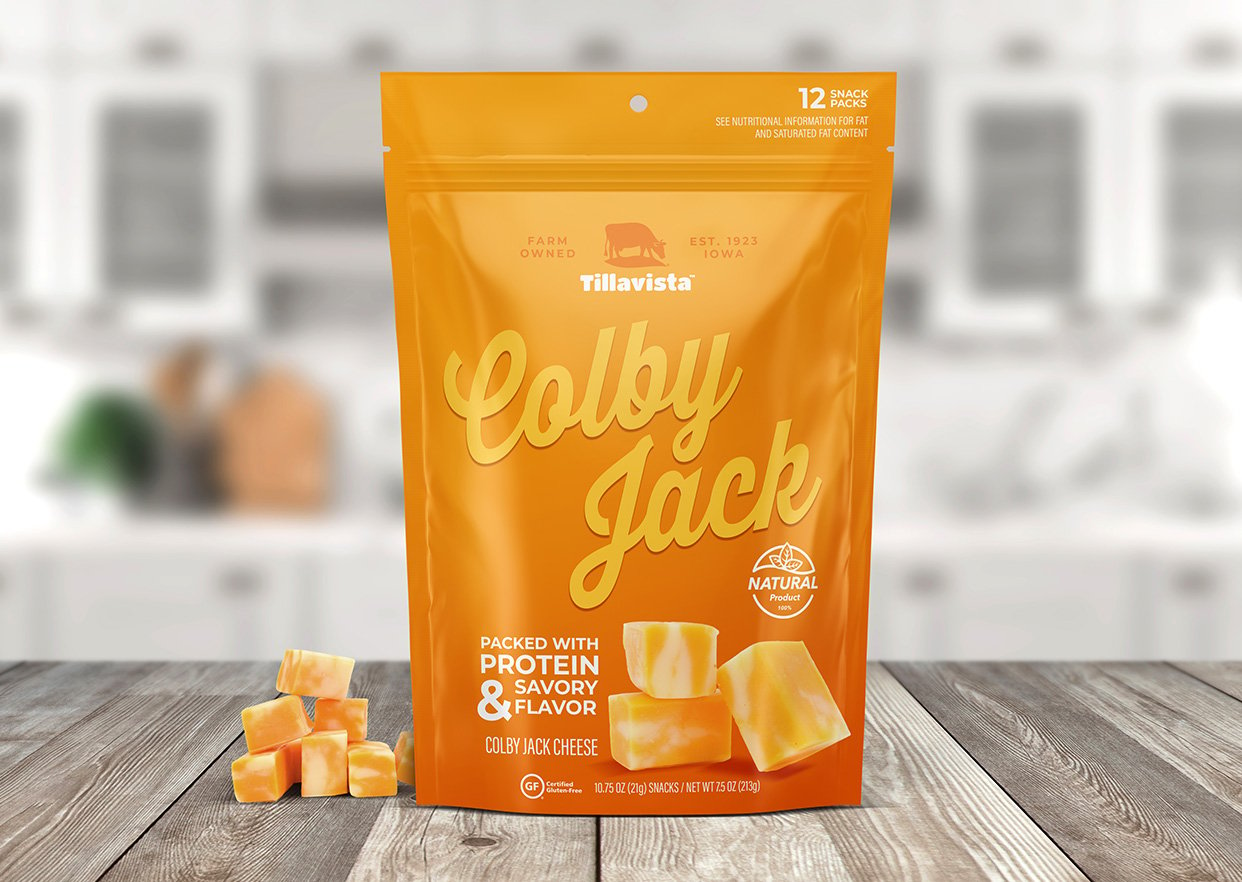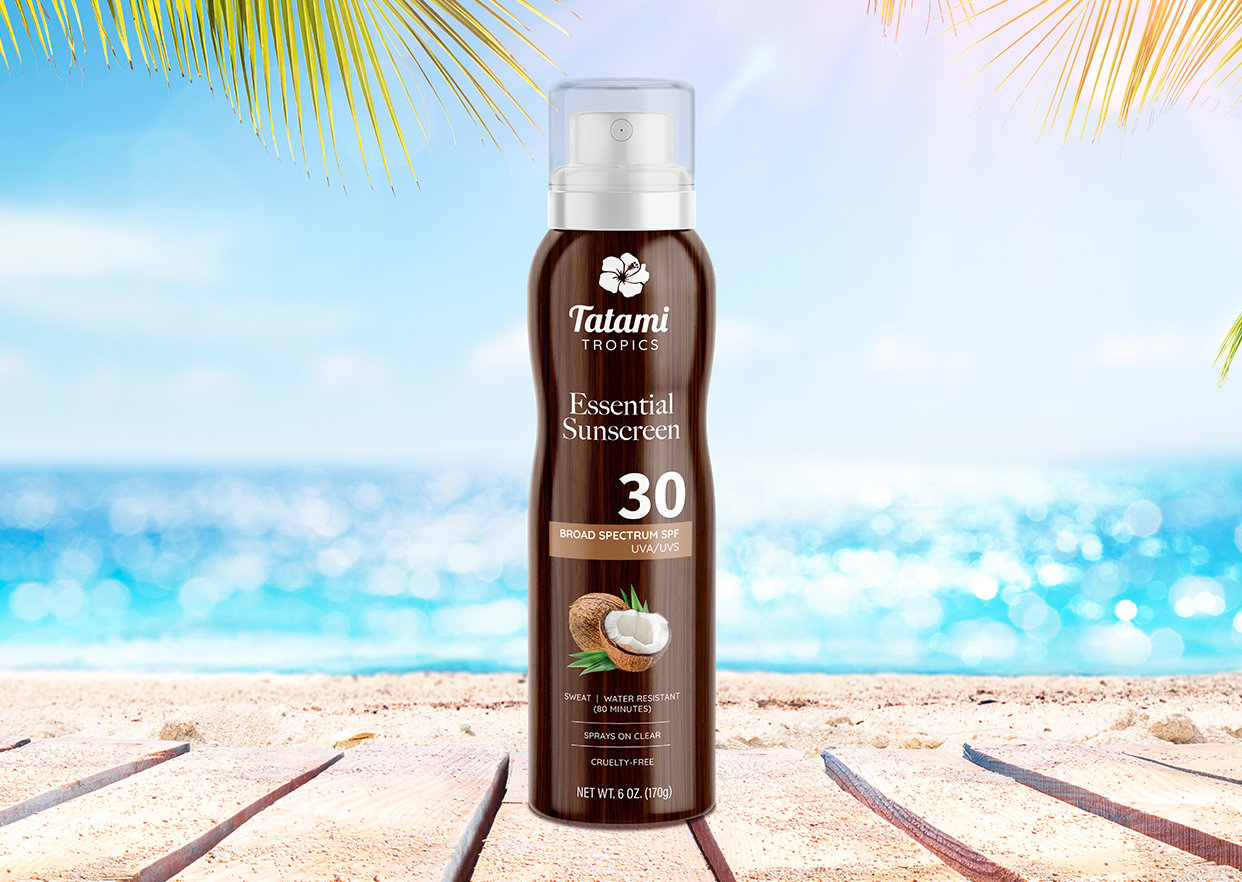You don’t often hear the words “special” and “in-mold labeling” in the same sentence (except this one, of course). We think that should change. In-mold labels – or IML for short – can do some pretty neat things. You might already know that they’re ideal for branding products and emblazoning safety warnings on durable goods, everything from farm equipment to infant car seats. However, you might not realize how versatile in-mold labels truly are. By molding your label directly into the product, you open the door to 10 significant advantages for both your product and your entire production process.
1 - You can cover all the curves
Adhesive labels or pressure-sensitive labels come up short when they attempt to, say, cover a contoured jug or a bottle with ridges. Stick-on labels can’t accommodate these curved, molded surfaces. In-mold labels, however, provide seamless, consistent coverage, sticking neatly to the entire surface and improving the finished appearance of the goods.
2 - IML creates a long-term “relationship”
The in-mold labeling process forges a mechanical bond with the product it’s labeling. Because the label and the item are fused, this bond is impossible to destroy. Kids can’t peel these labels off. Counterfeiters can’t reattach them to pirated merchandise. And they won’t separate, fade, wrinkle or become distorted, even in extreme weather conditions.
3 - IML enables 360-degree imaging
In-mold labels are not limited in size or coverage like traditional labels that are merely applied to a product or container. IML gives you an opportunity to catch the consumer’s eye and make a powerful visual statement. This is particularly important with consumer packaged goods. With IML, you can wrap the entire product in brand imagery from top to bottom and tell your product’s story in rich, vibrant color.
4 - They’re great copycats
Whether the surface of your product is textured, glossy or matte, the in-mold label that adorns it will have the same properties. The labels reflect the mold surface’s appearance, which creates a continuity that looks good and conveys consistency and quality.
5 - IML can trim cycle time and costs
You might think that incorporating in-mold labels into your production cycle would take extra time. But you’d be wrong. In fact, in-mold labeling can speed up production, boosting your overall efficiency. Remember, the need for post-mold labeling is eliminated – removing potential bottlenecks in production and your supply chain – so your product moves quickly from molding to filling. If that wasn’t enough, in-mold labels can also reduce the total cost of your molded pieces.
6 - IML makes a good design even better
Labels once had a very utilitarian purpose: identify the product inside the package. They still perform this valuable function, but they do it with more style than ever before. Labels can bring the warmth of a pricey wood grain finish or the stylishness of stainless steel to plastic products for a fraction of the cost of wood or metal. In the hands of an expert designer, they can convey sophistication, ruggedness or familiarity.
7 - They’re recyclable
Like the plastic containers, parts and goods to which they’re fused, in-mold labels can be recycled. So no matter what designs or logos they feature, they’re always a lovely shade of green.
8 - They’re durable
IML packaging is scratch resistant, does not bubble or wrinkle like pressure-sensitive labeling, and can provide barrier properties to extend the shelf life of your product. So, not only are they better looking and better able to withstand harsh environments, IML does a better job of protecting the all-important product that lies within.
9 - Versatility enables efficiency
Thanks to our innovative engineers, we’ve perfected the technology to mold labels to the most popular thermoplastic resins on the market. That’s good news for businesses because a single label can be used in a variety of molding applications. And, as noted above, the flexibility of in-mold labeling makes for greater efficiency and lower costs by having the product decorated right out of the mold, thus eliminating post-molding decoration from your production process. The sheer range of potential applications is astounding. Everything from cosmetics and household items to dairy products, pet foods, collector-edition stadium beer cups – and much, much more – are ideal candidates for IML.
10 - Labels boost the bottom line
You’re shopping for plastic cups and plates for the picnic you’re hosting. Should you go with the plain, no-frills stuff or spring for the goods branded with your city’s baseball team logo? You’ll probably splurge on the decorated items. Most people are willing to pay more for signature goods, and they like the differentiation that custom products offer. One of the most effective ways to enhance the value of your products is to use in-mold labeling to brand the product line.
Wondering whether IML might work for you? Don’t hesitate to ask the labeling experts at Taylor for their insights. Thanks to these 10 advantages, in-mold labeling likely offers an opportunity to raise the performance and profitability of your entire product line.




